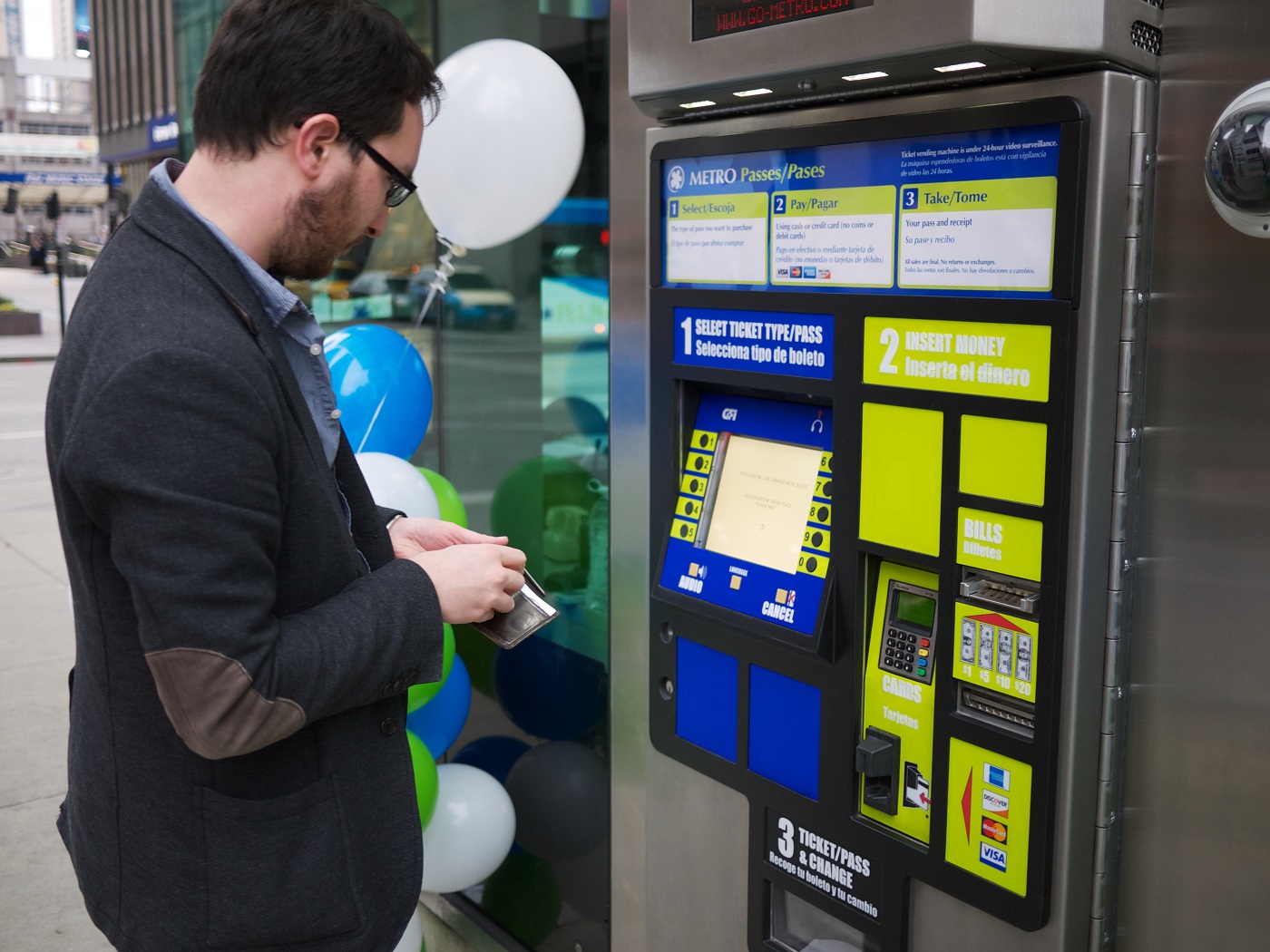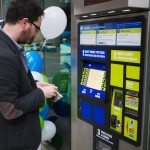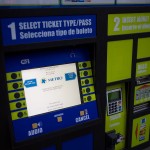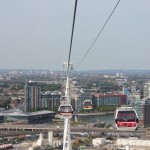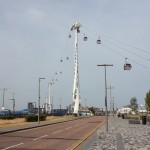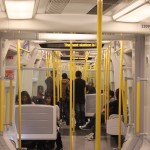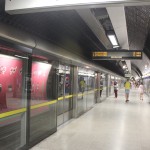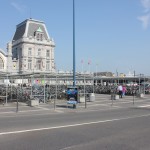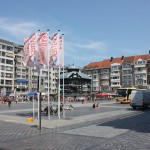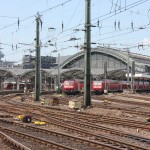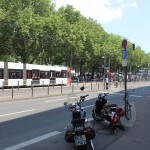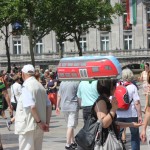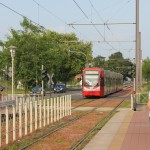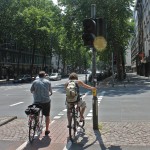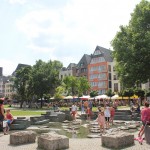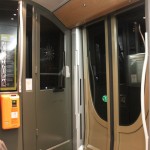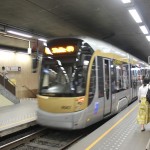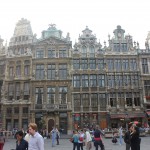No, Historic Preservation Does Not Inhibit Urban Growth.
While the development boom being experienced in New York City, Paris and London isn’t quite the same in Cincinnati, the Queen City does share in some of these issues surrounding historic preservation. Some believe that protecting and preserving historic structures is a barrier for development.
This has been seen most recently in the easy approval of the updated Lytle Park Historic District boundary, which is now much smaller than it once was. The reason such changes received easy approval at City Hall is because of the promise of new development, but is that the correct way to think about it? More from Next City:
American preservationists, too, have become so accustomed to pushing for the enforcement of preservation laws that they often are stereotyped as gatekeepers of nostalgia. Those who fought New York Mayor Michael Bloomberg’s plan for upzoning part of Midtown Manhattan were demonized as anti-development. In truth, they were trying to protect the existing development. Polyphonic streetscapes of buildings of varying heights, styles and forms blended with smart new design attract people.
[…]
Preservationists are mediators between cultural heritage and economic demands, and they often don’t win what they want. The rambling mass of buildings joined under La Samaritaine’s walls and the stately mass of Cleveland’s Fifth Church of Christ, Scientist are far from evident in the remaining fragments. Yet what has actually been saved in both cases is invisible: the integrity of preservation laws, the enhanced value of developments that incorporate elements of the past and the continuity of urban character that makes cities continue to be desirable places. Years later, no one will see the battle scars from these fights, but they will see interesting works of contemporary architecture based on historic elements, thanks to preservation activists fighting overbearing design.
